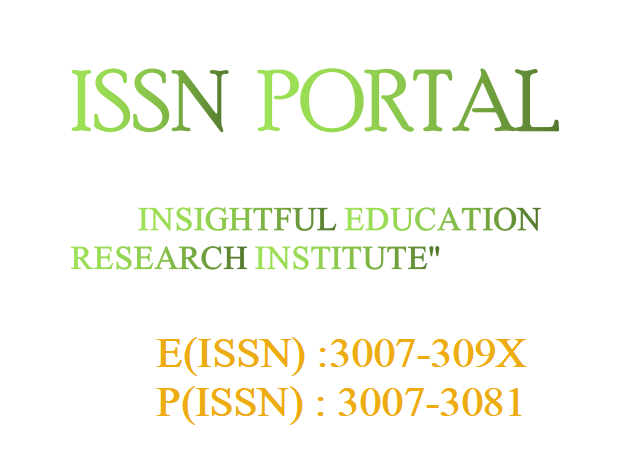UTILIZING ULTRASOUND FOR GENE THERAPY:A PROMISING STRATEGY FOR TISSUE REGENERATION
DOI:
https://doi.org/10.62019/sp5snm10Keywords:
Sonoporation, Plasmid, Regenerative Medicine, Tissue Regeneration, Ultrasound-Responsive Gene TherapyAbstract
A promising approach for tissue regeneration, ultrasound-assisted gene therapy offers possibilities for effective and precise gene delivery. This article provides a comprehensive overview of the current state of research and development in ultrasound-assisted gene therapy and its prospective use in tissue regeneration. Gene therapy has potential for treating various diseases and promoting tissue regeneration through introduction of therapeutic genes into target cells. However, the efficient and effective delivery of genes to specific tissues remains a major challenge. Targeted and regulated release of therapeutic genes is made possible by ultrasound-assisted gene therapy, which makes use of the mechanical energy of ultrasonic waves to improve gene delivery. We explore the various techniques and modalities employed, including microbubble-mediated sonoporation, cavitation, and acoustic streaming, and their impact on gene delivery efficiency. Factors influencing gene transfection efficiency, such as ultrasound parameters, microbubble properties, and gene vectors are also considered. Furthermore, the applications of ultrasound-assisted gene therapy in tissue regeneration, including musculoskeletal, cardiovascular, and neural regeneration are also highlighted. We discuss the potential of this approach in enhancing cell proliferation, differentiation, and tissue repair processes. Additionally, we addressed the future challenges in the field, such as optimizing ultrasound parameters, developing safe and efficient gene vectors, and translating ultrasound-assisted gene therapy to clinical settings. Overall, ultrasound-assisted gene therapy shows great promise as a non-invasive and targeted approach for tissue regeneration. With further advancements and translational research, this technology has the possibility to revolutionize the field of regenerative medicine and provide new paths for therapeutic interventions in various diseases.







